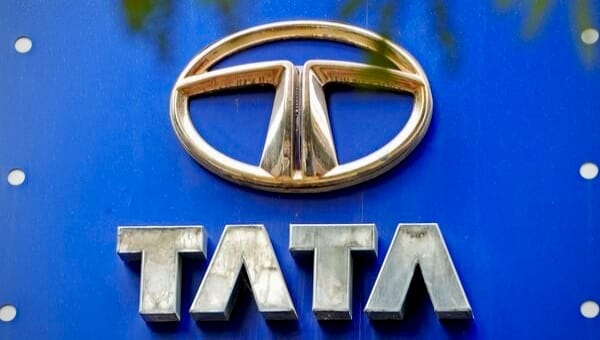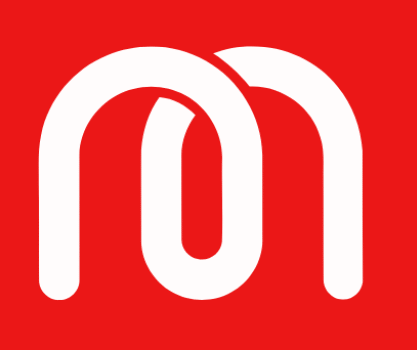
Amazon has emerged as the dominant force in H-1B visa hiring during the first half of 2025, securing 10,044 approvals by June according to U.S. Citizenship and Immigration Services (USCIS) data, cementing the tech giant’s position as America’s largest sponsor of skilled foreign workers. This landmark figure represents nearly 12% of the total 85,000 annual H-1B visa cap and underscores the critical role international talent plays in powering America’s technology sector amid intensifying global competition for skilled workers and evolving U.S. immigration policy.
The USCIS data reveals Amazon’s commanding lead over traditional H-1B powerhouses, with Tata Consultancy Services trailing at 5,505 approvals, followed by Microsoft at 5,189, Meta at 5,123, Apple at 4,202, and Google at 4,181. When combined with Amazon Web Services’ additional 2,347 approvals, the broader Amazon ecosystem accounts for over 12,300 H-1B workers in 2025’s first half, demonstrating how large technology companies have fundamentally reshaped the program originally designed to address temporary labor shortages. This concentration represents a significant shift from the program’s early years when consulting firms dominated approvals.
Amazon’s massive H-1B hiring spree reflects the company’s diversified business model spanning cloud computing through AWS, e-commerce operations, logistics automation, artificial intelligence research, and emerging technologies like quantum computing. The company requires specialized expertise in cloud architecture, machine learning, data science, software engineering, robotics, and supply chain optimization—skills where domestic talent supply consistently lags behind demand. AWS alone has evolved into a $90 billion annual revenue juggernaut requiring thousands of cloud specialists, while Amazon’s AI initiatives across generative artificial intelligence, autonomous systems, and logistics automation demand expertise that remains scarce in the U.S. labor market.
The broader H-1B landscape reveals how American technology giants now compete directly with traditional Indian IT consulting firms for skilled international workers. The top 18 employers account for over 50,000 approvals in 2025’s first half, with companies including Walmart at 2,390, Deloitte at 2,353, Oracle at 2,092, and IBM at 1,598 also featuring prominently among major sponsors. This shift has sparked Congressional scrutiny, with Senate Judiciary Committee members Chuck Grassley and Dick Durbin questioning major employers about their hiring practices amid simultaneous American worker layoffs.
The Biden administration maintained relatively favorable H-1B policies through 2025, processing applications efficiently while avoiding the restrictive measures implemented during previous administrations. However, the program operates under strict numerical constraints with an annual cap of 85,000 visas—65,000 for general applicants and 20,000 reserved for foreign nationals holding advanced U.S. degrees. USCIS reported receiving sufficient petitions to reach both caps for fiscal year 2026 by July 2025, indicating sustained robust demand despite economic uncertainties and potential regulatory changes ahead.
International talent contributes significantly to U.S. innovation leadership, with H-1B workers driving patent filings, startup formation, and technological breakthroughs across artificial intelligence, biotechnology, and advanced manufacturing sectors. Economic research indicates these skilled professionals typically complement rather than substitute for American workers in high-skill positions, while their presence helps companies maintain global competitiveness and avoid relocating operations overseas. However, critics argue some employers exploit the program to reduce labor costs, with studies showing H-1B workers earning approximately 36% less than comparable full-time employees in similar roles.
Recent policy developments have intensified the H-1B debate, particularly following President Trump’s announcement of a $100,000 annual fee for H-1B applications beginning September 2025, representing a dramatic 60-fold increase from previous costs. This fee hike targets what the administration calls “systemic abuse” of the program, specifically citing cases where American workers were displaced and forced to train their H-1B replacements. The policy change has prompted emergency guidance from major employers advising H-1B holders to remain in the United States until implementation details are clarified.
India continues supplying the majority of H-1B talent, with Indian nationals accounting for 71% of approvals in 2024, followed by China at 11.7%. This concentration reflects India’s robust technology education infrastructure and English-language proficiency, while highlighting potential geopolitical implications as U.S.-China tensions influence visa processing for Chinese applicants. European and Canadian workers represent smaller but growing segments, particularly in specialized fields like quantum computing and renewable energy technologies.
Amazon’s 10,044 H-1B visa approvals in early 2025 symbolize the scale and complexity of global talent flows now underpinning American technological leadership, even as political debates intensify around immigration policy and worker protection. The H-1B program remains central to U.S. competitiveness in emerging technologies, with the next approval round for fiscal year 2026 expected to further reshape hiring patterns as companies adapt to new fee structures and regulatory scrutiny. As this program evolves, balancing global talent attraction with American worker protection will continue defining immigration policy discussions through the 2025 political cycle and beyond.








